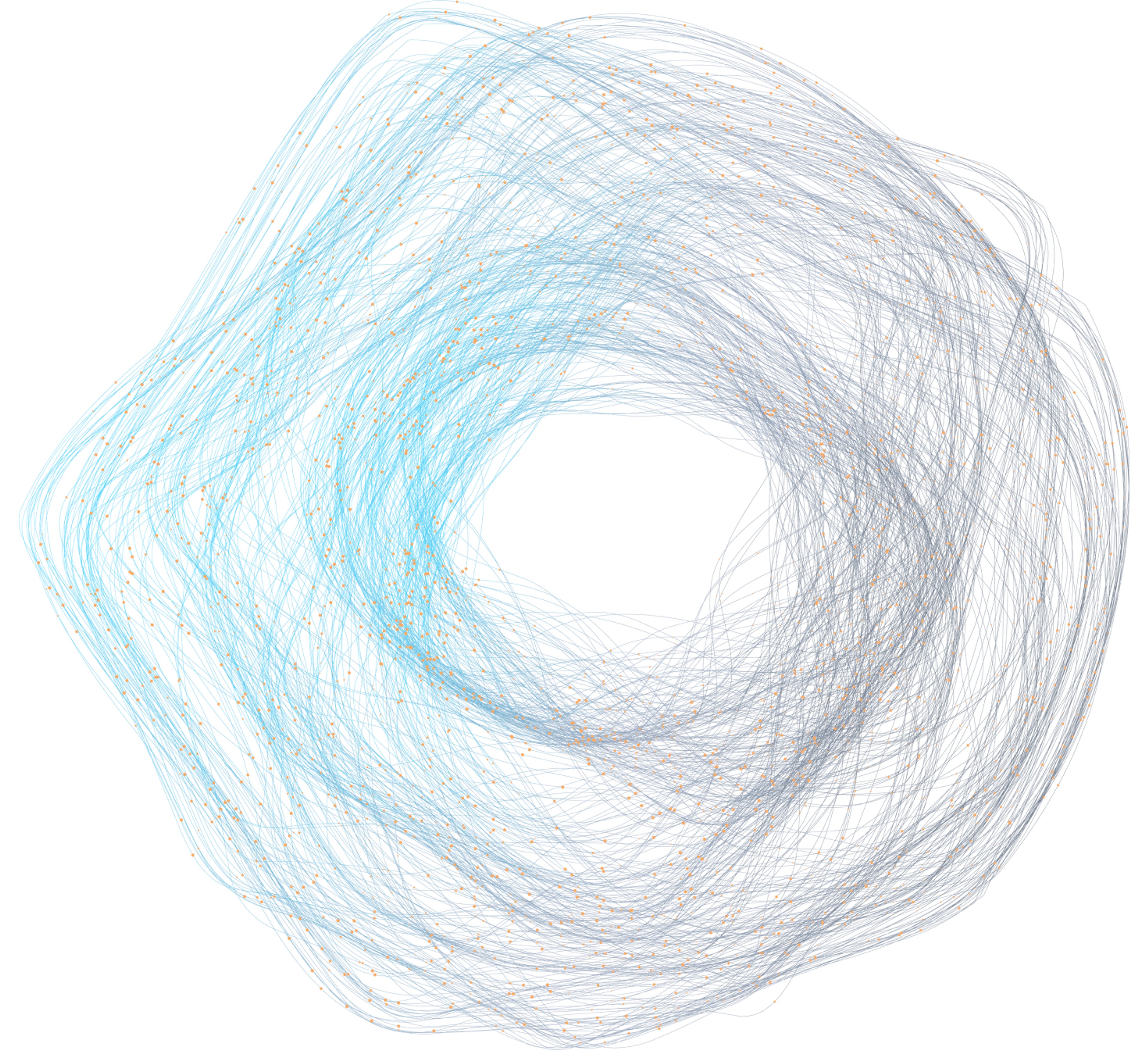article
Patient Registries: Unifying Data for Research and Outcomes

SECTIONS
Have you ever wondered how researchers know which treatments really work for cancer or how they track if diabetes care is helping patients live healthier lives? The answer often starts with patient registries—special tools that help life sciences organizations collect and organize health information from many clinics and hospitals.
Researchers use patient registries to quickly find people with certain diseases for studies, like matching cancer patients to new treatments or tracking how well diabetes care works over time.
By turning scattered data into clear stories, registries make it simple to spot trends, find the right people for studies, and improve care. In this blog, we’ll explain how patient registries work and why choosing the best platform matters for getting reliable answers.
What Are Patient Registries?
Patient registries are organized platforms designed to track structured, consistent individual health data over time. Unlike generic databases, they are built for specific populations and clinical goals—tracking patient history, observational studies, and the outcomes of treatments or public health interventions.
Registry solutions have evolved to include:
- Probabilistic identity resolution
- Machine learning-based fuzzy matching
- Graph-based relationship and householding analysis
- Survivorship scoring across distributed sources
Patient registry solutions link fragmented data, discover relationships among patients and providers, and support holistic reporting.
Typical Registry Solutions: Strengths and Pitfalls
While traditional registry-style point solutions may allow organizations to integrate identifiers and gain a “single view” without making changes to original systems, they are often limited when deeper data harmonization and governance are required.
- Incomplete harmonization: With typical registry solutions, data from different clinics, labs, or systems is only connected by matching patient IDs or basic information, but the underlying records stay separate and don’t combine into one complete patient file. For example, a patient’s medical history might be split between a hospital, a specialist’s office, and a research study database—so when a researcher looks for all data on a cancer trial participant, they get bits and pieces, not a single unified record.
- Limited ability to ensure data quality at the attribute level or manage real-time updates: Standard registries don’t always check which source has the most accurate or up-to-date details. If one clinic updates a patient’s medication and another system changes their address, there’s no way to automatically determine which change should take priority or whether both should be reflected instantly in every system. This can lead to old information lingering, duplicated details, or missing updates when rules or sources change.
- Difficulty coordinating governance: When different departments—such as clinical operations, safety monitoring, and research teams—all need to view, edit, or validate the same patient data, registry-only solutions make it tough to control how these overlapping pieces are managed. For instance, one group may want to add new laboratory results while another updates treatment records, but the registry can't easily track who made changes, resolve conflicting edits, or enforce data rules, making governance and compliance much harder to maintain across the organization
- Data privacy challenges: Registry-only solutions generally link records but do not provide strong, fine-grained controls over which data fields are visible, masked, or editable for different users, departments, or external partners. For example, if a registry connects patient details from several hospitals and a research site, it may be difficult to prevent unauthorized users from seeing sensitive information—such as genetic profiles, mental health history, or contact data—especially when privacy rules vary by region, institution, or consent status.
Without robust privacy management, standard registries risk exposing protected health information to the wrong people, failing to comply with regulations like HIPAA or GDPR, and complicating patient consent tracking. This lack of granular control makes it harder to share or update only the necessary details safely as research, clinical, or regulatory needs change.
These constraints can become pronounced in life sciences organizations where diverse research teams, compliance groups, and operational units need different parts of the patient record—and require strong controls over how and by whom that data is updated and shared.
Gaine’s Approach: True Data Harmonization for Life Sciences
Gaine Health Data Management Platform (HDMP) does more than just connect basic patient records with matching IDs. It brings together all the different pieces of patient information from many hospitals, clinics, and databases, and combines them into one complete and accurate record.
For example, if one hospital updates a patient’s medication list, while another clinic adds test results or changes an address, Gaine HDMP automatically merges these updates into a single profile. This means every department and team can see the most trusted and up-to-date information without worrying about missing details or dealing with conflicting data. It also keeps track of who made changes and helps control who can see or edit each piece of patient information, making it easier to follow privacy rules and work together safely across large organizations.
Key differentiators include:
- Attribute-level governance, enabling precise control over which system manages each piece of a patient’s profile (e.g., allergies from one provider, medication data from another).
- Automated rules for deciding which data “wins” in case of conflict, using survivorship scoring and historical context.
- Federated authoring, allowing distributed teams to contribute and update data as appropriate, with real-time propagation across the enterprise instead of just static linkage.
- Fine-grained privacy controls, ensuring each consuming system or user receives the appropriate view, supporting both compliance and business needs.
- Create a seamless and responsive patient data environment with real-time access and updates – all while maintaining the highest standards of data quality.
Why Does This Matter for Life Sciences?
Imagine a pharmaceutical company running a multinational clinical trial. With a typical registry approach, updated patient info from different clinics might remain siloed or only loosely linked; each site could see slightly inconsistent data, and aggregating accurate information for the sponsor might require manual work. In contrast, Gaine HDMP harmonizes patient records across all sites—automatically resolving any discrepancies and distributing the authoritative, up-to-date view to each user in real time.
This results in:
- Faster, easier clinical trial recruitment
- More reliable safety and outcomes tracking
- Smoother compliance with privacy and regulatory frameworks
- Reduced operational burden from manual reconciliation
- Proper stewardship over who can update and view sensitive health data
The Future: Beyond Linked Records to Unified Patient Data
Life sciences leaders increasingly recognize that as industry data needs intensify, the shortcomings of basic registry systems become a bottleneck. By integrating registry techniques with true data mastering, advanced harmonization, and distributed governance, Gaine’s solution delivers the data quality, interoperability, and scalability needed for next-generation research and patient outcomes, including your most complex analytics and AI initiatives.
Conclusion
While most registry solutions can aggregate identifiers and link health data, only advanced health data management platforms like Gaine HDMP provides the harmonization, stewardship, and distributed governance needed as data ecosystems grow in scale and complexity. By bridging gaps between data silos and driving accuracy at every level, Gaine HDMP positions life sciences organizations to accelerate research, strengthen compliance, and improve patient outcomes—capabilities that standard registry architectures simply cannot match. Contact Gaine to learn more.

